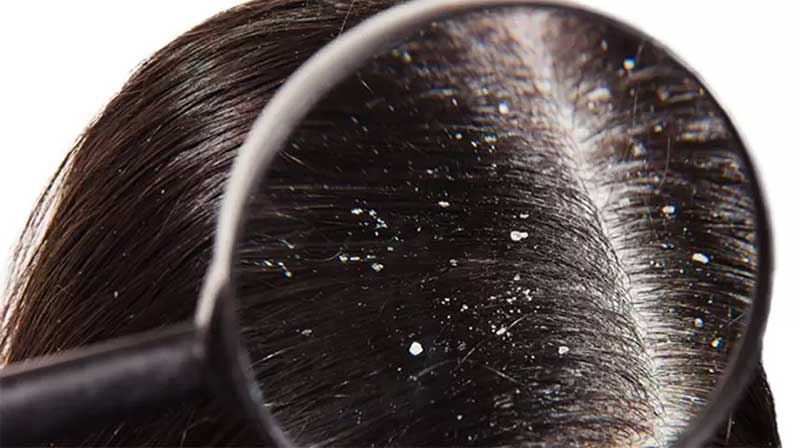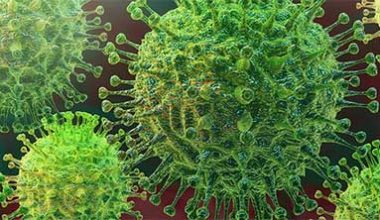Muscular dystrophy is a genetic disease. People of any age can be affected by this disease. However, men and children are more affected by this disease than women. After muscular dystrophy is diagnosed, it is possible to control it through proper treatment, therapy and lifestyle changes under the advice of a specialist doctor.
What is muscular dystrophy?
A class of hereditary disorders known as muscular dystrophy (MD) results in the gradual weakening and degradation of skeletal muscles.
Dystrophin is a protein that is mostly present in muscle cells in our bodies. The protein dystrophin is essential for preserving muscle cell stability during contraction and expansion as well as for preserving the shape and functionality of muscle cells. For whatever cause, muscles begin to weaken and atrophy if the body does not produce enough dystrophin protein. Daily activities including eating, drinking, talking, and walking are therefore interfered with. This condition is known as muscular dystrophy (MD).
Types of muscular dystrophy:
Duchenne muscular dystrophy is the most prevalent of the more than thirty varieties of muscular dystrophy. Boys are more likely to have Duchenne muscular dystrophy.
1. Congenital: Congenital or congenital muscular dystrophy can afflict children from birth. The kid therefore experiences intellectual impairment, neurological abnormalities, convulsions, and eye issues.
2. Oculopharyngeal: Individuals over 50 may be susceptible to this kind of dystrophy. In this instance, the neck and eye muscles are impacted.
3. Facioscapillohumeral: The muscles of the face, shoulders, and upper arms are impacted by this kind of muscular dystrophy.
4. Emery Dreyfus: Adolescence is often when this kind of muscular dystrophy is most likely to occur, causing the arms, neck, and feet to narrow.
5. Limb-girdle: It affects the thighs, hips, and waist muscles.
6. Myotonic Dystrophy: The illness known as myotonic dystrophy results in respiratory muscle issues and muscular weakening, which impairs breathing.
7. Distal: The lower arm muscles, particularly the legs, are impacted by distal MD, and the condition progressively spreads to other body regions.

Signs and Symptoms:
There are many symptoms of muscular dystrophy, the main symptoms being weakness, pain, and stiffness in the muscles of the body. There are also many other symptoms such as:
1. Weakness in the knees, shoulders, arms, and face.
2. Having trouble getting up after sitting for a while and not being able to do it yourself.
3. Bones that are thin and fragile.
4. Having trouble getting up from a sitting or reclining posture, walking, or climbing stairs.
5. Speech difficulties.
6. Constantly tripping and falling.
7. Having trouble swallowing.
8. Be careful as you walk.
9. Low vision.
10. Muscles that accumulate fat.
11. Breathlessness.
12. Learning challenges.
13. Heart and pulmonary weakness.
14. The eyes cannot be opened or closed.
15. Impaired intellectual and mental growth.
16. Scoliosis, which results in a curved spine.
17. Injury to the thyroid, adrenal glands, and central nervous system.
How to diagnose:
Electromyography, which measures the electrical activity of the muscle by putting an electrical needle into it, is used to detect muscular dystrophy. By doing a biopsy on a little sample of muscle tissue, the illness can also be identified.
Treatment:
In certain instances, people with muscular dystrophy may benefit from corticosteroid-like medications to manage the disease’s severity and lessen muscle weakness. These lessen the pace at which muscles are damaged. Occupational therapy, speech therapy, and physical therapy can also assist the afflicted patient move, talk, and carry out everyday activities with greater mobility. In many circumstances, persons with this illness can keep their muscular mobility with regular exercise and physical activity. (Wikipedia)
nethun
I am Md. Shahriar Pervez. I am a professional blogger and Youtuber. I complete my graduate from AIUB. Please visit this blog to get more information. SUBSCRIBE to this website and stay with us.




